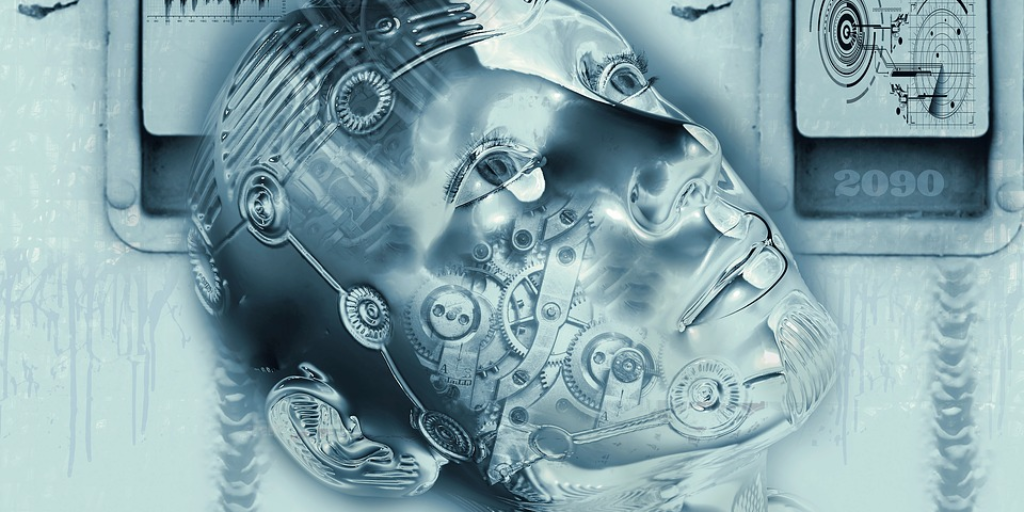
It seems like it was just yesterday that talking computers and robots were mere science fiction fantasy, found in The Jetsons or Star Wars’ galaxy far, far away. Now, we’re seemingly living in a real-live Westworld, having full-on conversations with Siri, Alexa, and Watson. Who said imaginary friends were just for kids?
R2-D2 and his friends exist because of artificial intelligence, or AI, which is the ability for a computer or machine to simulate human intelligence. AI has been used in some form or another for years, in factories and labs, and now on our tablets and smartphones. But researchers and companies that create AI systems are realizing that it can be used for more than cutting production costs and building things. AI can be used to save lives, and enhance the social good.
There are major efforts leveraging AI to do amazing things from curing rare cancers to stopping poachers to monitoring human-trafficking patterns. But what does AI mean for small or medium nonprofits who don’t have bucket loads of money to create their own AI or even purchase a complex system? How can AI can be used to target the right donors and provide data to backup your storytelling and strategy?
We rounded up a few emerging possibilities for your nonprofit to use AI for better fundraising success. What sounds most helpful and appealing for your organization right now?
{loadposition blog-ad-general}Predicting Action & Giving
You’ve run all the reports, but the Excel spreadsheet is just staring back at you, offering no help. How the heck are you supposed to know who to send your next fundraising appeal to? How can you cut down on unsubscribes, and increase recurring gifts? Which donors should you spend more time on? This is where AI could really help, by creating predictive models based on previous interactions. (Remember the commitment curve from last month? That plays a role here, too.) Here are some potential questions AI could answer to feed into your fundraising strategy:
- When is the best time to ask a recent one-time donor to give again?
- What’s the best communication channel to use with a particular donor?
- Will donors who gave to our holiday campaign give again in the spring, or should we wait to ask them again a year from now?
- Should we send a donation appeal to someone who recently sent a letter to Congress?
Did you ever read those choose-your-own adventure books as a kid? Do you like to watch alternative endings to films? Then this might be a fun strategy for you. For many people, committing to a cause means they are invested in the story -- and they want to be a part of that story. They want to see and understand the impact they are making with their gift, and they feel even more invested if who or what they are giving to resonates with them personally. So if you’re an organization that has a variety of programs or initiatives to support, AI can help you tailor your appeals and communications to what donors care about most. Here are a few examples:
- Show stories that feel relevant to donors based on previous actions, gifts, what they viewed on your website, and what they shared or engaged with on social media.
- Ask your community to participate in a choose-your-own-adventure style story, where they pick who or what they want to hear about. Then create messaging, media, and donation appeals accordingly.
- Use AI to track what and how donors respond to, and tweak your content and your asks so it’s not ending up in the trash folder.
Cultivating More Donors
Small nonprofits are already spread thin with resources, and often, staff wear many hats -- one person may be responsible for development and communications, or events and fundraising. So the idea of spending hours on end sifting through data or experimenting with new tactics to find and cultivate donors can be intimidating and overwhelming. AI can help minimize your workload and maximize your outreach efforts. Here’s how:
- Set it and forget it: AI can do the hard work of pulling the right reports and surfacing potential donors in your community, or by calling out donors who are ready to be taken to the next level.
- If you have a list of thousands of people, it’s impossible for a small team to individually communicate with every single one, even major donors. AI can generate reports on who needs to be touched, and populate draft emails and outreach based on previous interactions and predictive models.
- Calendar reminders and post-it notes only pile on to an already exhaustive to-do list for fundraisers. But AI can track outreach and touch points, and set up a schedule that helps you to spend less time tracking your time and more time working with donors to make a difference.
Nonprofits are still putting their toe in the water when it comes to AI, and there’s a ton yet to be learned about the good that can come of it. Concerns about privacy and data add an extra challenge to ensuring that AI is used appropriately and safely. But the potential is limitless -- and we’re excited to find out what’s next!
Join us for this month’s webinar, Can Salesforce Einstein Help Your Nonprofit Raise Money?, on Thursday, June 14th at 3 pm ET, as we dive into the current state of artifical intelligence powered functionality in Salesforce and how it is - or isn't - equipped to help your nonprofit fundraise.